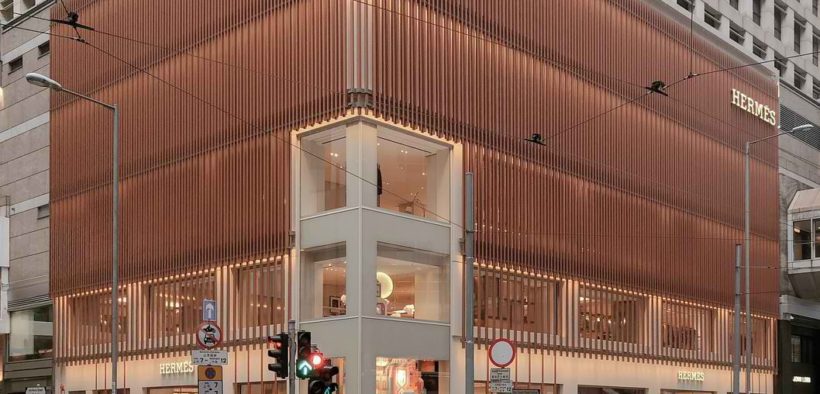The 3 Elements of Disruption
Share

Disruption- a hot topic that’s on everyone’s mind currently. Organisations, even industries are warming up to the fact that disruption is the key to stay relevant and thrive in today’s climate. Given the many changes that have caused it to evolve and grow, this is very much applicable to the retail sector too. When I mean disruption, I don’t just mean massive changes that overhaul your overall model. The simplest of changes can also matter, as long as they make things easier, faster and better for everyone. That being said, not many people or teams do disruption too well. This is either through not appreciating the need for it, or not executing it well enough. Through a combination of these 2 factors, about 50-70% of retail businesses start falling behind in the game of disruption. From there on, unless they lift their game, they run a huge risk of losing market share as well as customer advocacy. Look at it this way- People love it when things become easier and better for them. By not embracing disruption, you aren’t really giving customers what they would like, and therefore you risk losing customer engagement. How real do you think that risk is for your business right now, or in the near future? Or do you see signs of that already?
This article looks at 3 key elements that are vital to bringing in disruption in your environment and being a game-changer. Think of any success story- you’ll find these elements in common.
Mindset
Our mindset plays a massive role in our success. Definitely so in the context of disruption. Challenging the status quo, striving for continuous improvement are crucial for disruptive thinking. It all starts with being curious and being open to asking questions. Exploring how we can be better, and how we can make it better for others. As the quote goes, the quality of our life is influenced by the quality of the questions we ask. The more we ask, the more we learn. And when we are committed to putting our learnings to action, that’s when the magic happens. As a leader, it becomes imperative to stay curious and encourage others to ask questions too.
People experience
I was often asked this question by a mentor while working on any initiative- What experiences do you want people to have as a result of your initiative? When it comes to visualising how you want to disrupt your environment, this is a very relevant question to ask- What experiences do you want people to have a result of the disruption you are bringing in? When I say people, I don’t just mean customers, but also your team. How would this affect the way they work? How do things improve for them? Do they have the
right capabilities and skillset to serve the customers as things change? Most importantly, what does this initiative mean for them, are they on board? For a business to be disruptive, its people- both customers and employees need to be engaged. Costco is a great example of this. Costco promises to deliver value to its members while making their shopping experience a pleasurable one. In my experience
shopping at Costco, its staff are very much aligned to this, as they go out of their way to make shoppers happy. And the model that Costco has brought in has highly disrupted the retail space- a membership model that passes on savings to members as they shop for a wide variety of items, as well as in bulk.
Systems and Processes
How do your systems and processes serve you in your quest for disruption? Do they hinder your changes or do they make things smooth for all involved? I was a departmental store a few months back. They had brought in self-serve checkouts across all terminals. However, the systems weren’t really functioning smoothly, and the staff members had to intervene. To make matters
worse, they weren’t well versed with the new systems that were installed. The customers had to endure delays in completing the checkout process, and the perception of the new system wasn’t positive at all. The experience wasn’t great for either the customers or the staff.
Had the systems been more user-friendly, and the staff clear on how to use them, it would have been a different story. I get it, new systems sometimes take time getting used to. However, this ordeal for customers went on for a couple of weeks before the systems were updated to make it more user-friendly. The role of efficient and supportive systems and processes cannot be emphasised enough, both in terms of implementing changes smoothly as well as managing the transition.
Which of these elements do you see consistently in your business? Where do you think you can improve to lift your ability to disrupt and make things better? I’d be keen to hear your thoughts.
Read Boost your customer engagement through these 3 Key Attributes



















Follow us on social media